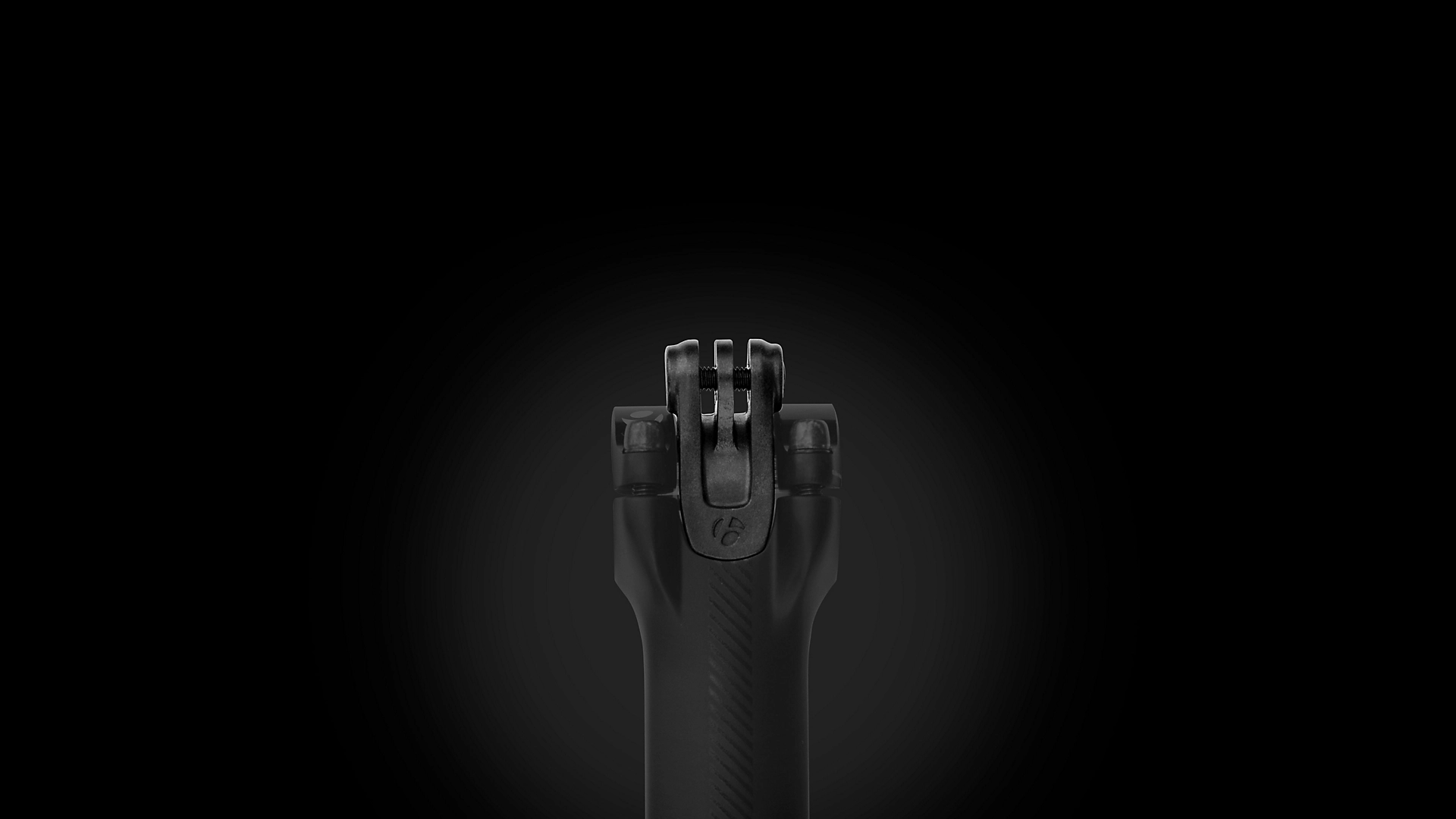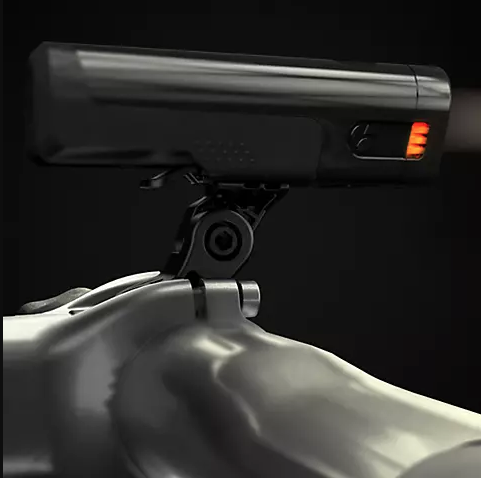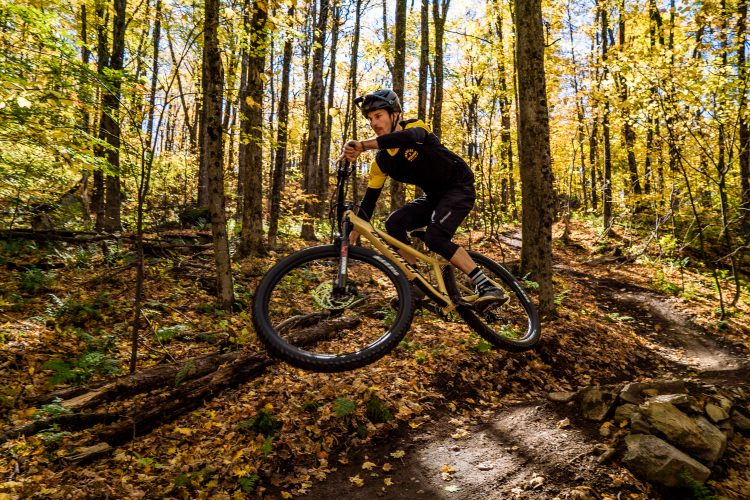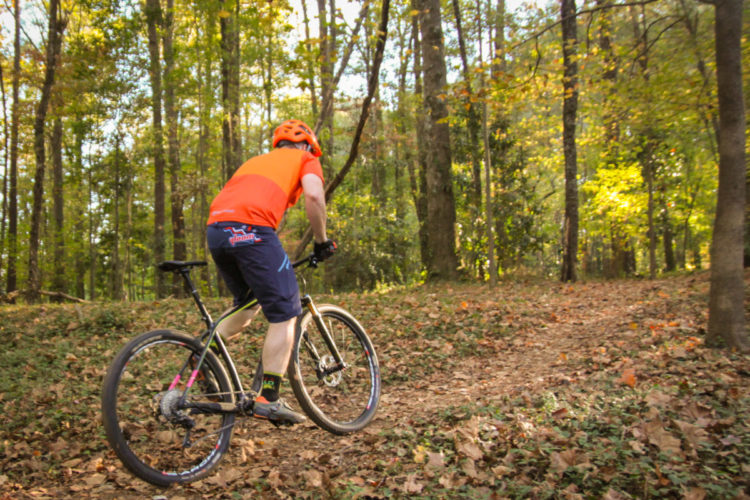
Trek just updated the X-Caliber, the brand’s aluminum, mid-level XC race hardtail for 2020. With prices starting at just over $1,000 for a complete bike, Trek points out this bike is a good choice for “new riders” and NICA athletes.
The frame

The aluminum frame features internal cable routing and is compatible with an internal dropper post, though none of the builds actually include one. Rack mounts on the rear stays are a nice touch, offering the option to convert the X-Caliber into a commuter or even a bikepacking rig. There are also mounts for a kickstand, but it’s hard to imagine that will be of interest to many buyers.

Trek offers the X-Caliber in up to seven frame sizes depending on the build, ranging from extra small to extra, extra large. In theory this means riders from 4’6″ to 6’8″ tall should find an X-Caliber that fits. The mid-level X-Caliber 8 build ($1,199.99) offers the widest choice of sizes.
Like many other bikes in the Trek lineup, the X-Caliber features “smart” wheel sizing. Size extra small and small bikes are designed around 27.5-inch wheels, while sizes medium and larger utilize 29er wheels.
Geometry-wise, the X-Caliber is clearly an XC bike. Depending on wheel size, the head tube angle is either 69.3° or 69.5° which promises to make it a capable climber.

The rear end features Boost 141 spacing, which appears to be a typo, but it’s not. The Trek website says, “wider Boost141 hubs [offer] increased wheel strength and better tire clearance. This hub size is standard for higher-end wheelsets, making it easy to upgrade your wheels if you’re looking for a fast way to increase performance.”
A quick Google search reveals just one Boost 141 rear wheel available for purchase, and it’s a Bontrager (Trek’s in-house component brand). The rear dropout is QR and doesn’t appear to be a thru axle. All of this is to say, wheel upgrades may be a challenge down the road.
The builds

All three builds feature 100mm, air-sprung RockShox forks and Shimano hydraulic disc brakes.
The X-Caliber 7, which is the cheapest build priced at $1,019.99, comes with a 2×9 Shimano Alivio drivetrain, but for just $180 more buyers can get the X-Caliber 8 with a SRAM SX Eagle, 1×12 drivetrain.
The Blendr stem.
The stem is Blendr-compatible, which makes it easy to mount a light or camera to the stem using various accessory mounts available from Trek.
Stock 720mm alloy bars and 2.2-inch tires show this bike’s true XC intentions. The X-Caliber 7 features 20mm-wide rims which are not listed as tubeless ready, while the two pricier builds have 23mm-wide, tubeless-ready rims.
Trek says the X-Caliber 7 (size medium) weighs 30.4 pounds with tubes. The more expensive X-Caliber 8 and 9 builds weigh 29.6 and 29.4 pounds, respectively.
According to the Trek website, 2020 X-Caliber bikes should be available at local dealers now.





















